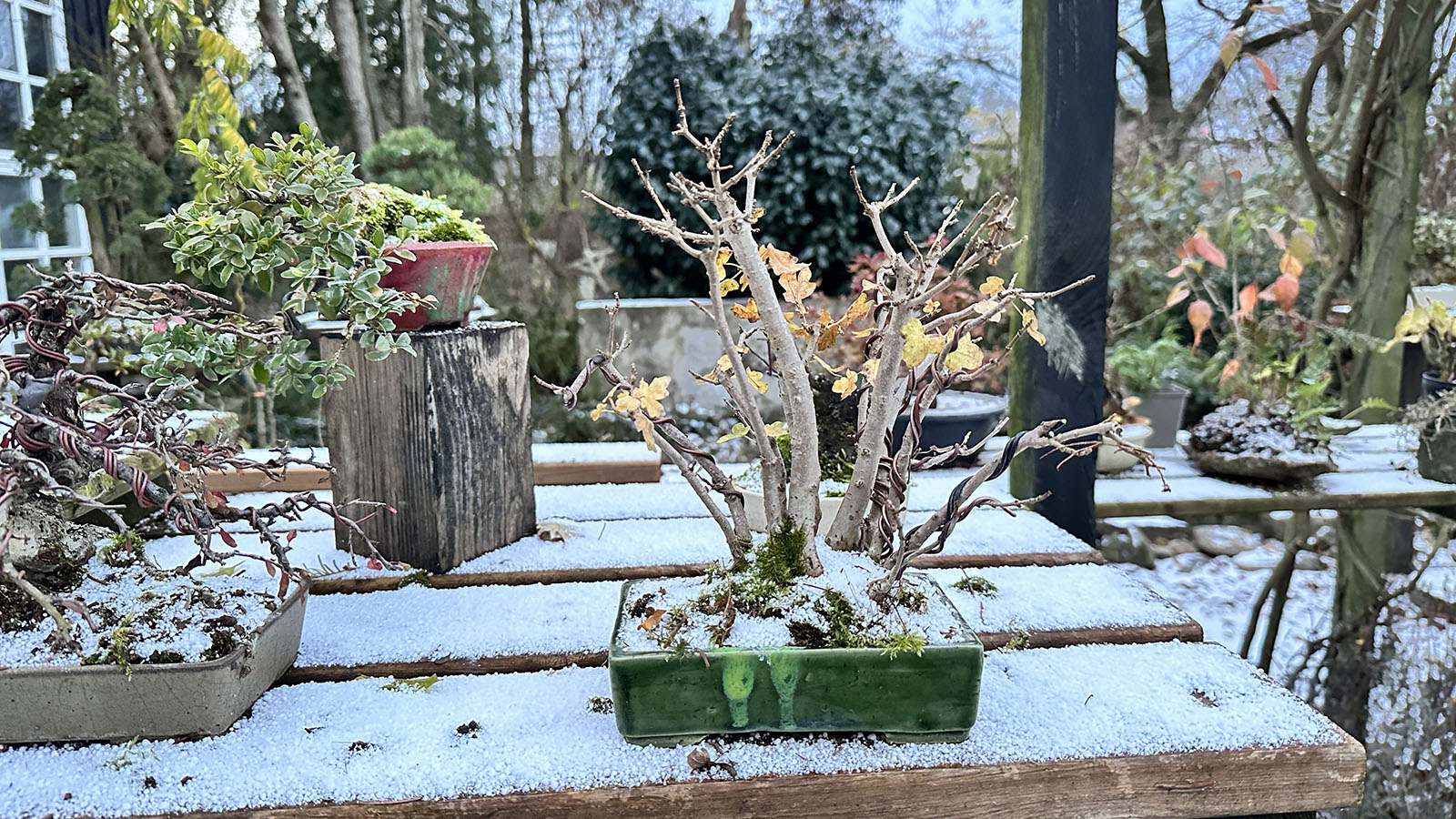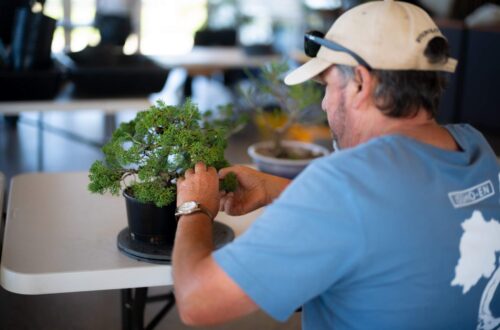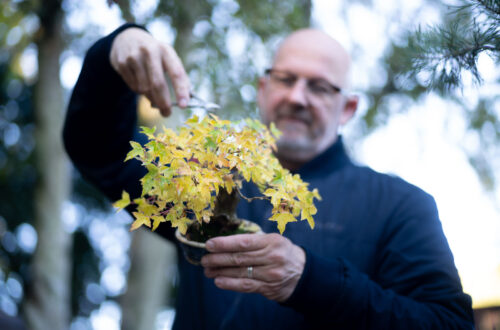
The Importance of Winter Dormancy for Trees
The bonsai are slowly going into dormancy. Low temperatures the next days here will help them on their way.
As the vibrant colors of autumn fade and the chill of winter sets in, trees undergo a remarkable transformation. This period of dormancy is crucial for their survival and health. But why do trees need this rest, and what happens during this time?
What is Dormancy?
Dormancy is a state of temporary metabolic inactivity or minimal activity. For trees, this means a significant slowdown in growth and energy consumption. Think of it as a hibernation period, where the tree conserves its resources to survive the harsh winter conditions.

Cotoneaster with naked branches after leaves have dropped in autumn.
Why Do Trees Need Dormancy?
- Protection from Cold: During winter, temperatures can drop to levels that would damage the living tissues of trees. Dormancy helps trees to withstand these extreme conditions. By slowing down their metabolic processes, trees reduce the risk of frost damage to their cells. This is necessary for all trees, bonsai or not.
- Water Conservation: In winter, water is less available due to frozen ground but larger trees will still have roots far down in the ground and can take up water where the soil isn’t frozen. A bonsai pot is easily frozen so take care and bring trees into a cold frame or similar so they are not frozen all the time. Trees enter dormancy to minimize water loss. They shed their leaves, which are the primary sites of water evaporation, and close their stomata (tiny openings on leaves) to conserve moisture.
- Energy Conservation: Photosynthesis, the process by which trees produce energy, is less efficient in winter due to shorter daylight hours and weaker sunlight. Dormancy allows trees to conserve their stored energy until conditions are more favorable for growth.
- Preparation for Spring: Dormancy is not just about survival; it’s also about preparation. During this period, trees undergo internal changes that ready them for the burst of growth in spring. Buds form and harden, ensuring that when the weather warms up, the tree can quickly resume growth and reproduction.

A small Shohin forest with Acer campestre.
What Happens During Dormancy?
- Leaf Shedding: Deciduous trees lose their leaves to reduce water loss and protect themselves from the weight of snow and ice.
- Root Activity: While above-ground parts of the tree are dormant, roots continue to grow slowly, absorbing nutrients and water when available.
- Bud Formation: Trees form buds that will become new leaves, flowers, or shoots in the spring. These buds are protected by scales that shield them from the cold.
How Does Dormancy Influence Bonsai Trees?
Bonsai trees, like their full-sized counterparts, also require a period of dormancy to stay healthy. Here’s how dormancy impacts bonsai:
- Size and Environment: Bonsai trees are grown in small containers, which means they are more exposed to temperature fluctuations. Proper winter care is essential to ensure they enter dormancy safely. This might involve moving them to a sheltered location or using mulch to protect the roots.
- Watering Needs: During dormancy, bonsai trees need less water. Overwatering can lead to root rot, so it’s important to adjust watering schedules to match the tree’s reduced metabolic activity.
- Pruning and Maintenance: Winter is a good time for structural pruning of some bonsai. With the tree in a dormant state, it’s easier to see the branch structure and make precise cuts that will shape the tree for the coming growing season.
- Temperature Control: For bonsai trees kept indoors, it’s crucial to mimic natural conditions as much as possible. This might mean providing a cooler environment during winter months to encourage dormancy.
- Health and Vigor: Allowing bonsai trees to go through a proper dormancy period helps them build resilience and vigor. This rest period is essential for their overall health and ensures they can thrive and grow beautifully in the spring.
Conclusion
Winter dormancy is a vital period for trees, allowing them to survive adverse conditions and prepare for the growing season ahead. By understanding this natural process, we can better appreciate the resilience and adaptability of trees. For bonsai enthusiasts, providing the right care during dormancy is key to maintaining the health and beauty of these miniature trees. So next time you see a bare tree in winter, remember that it’s not just resting—it’s gearing up for a vibrant return in spring.

Winter work in the garden. Larger bonsai, Chinese juniper.




